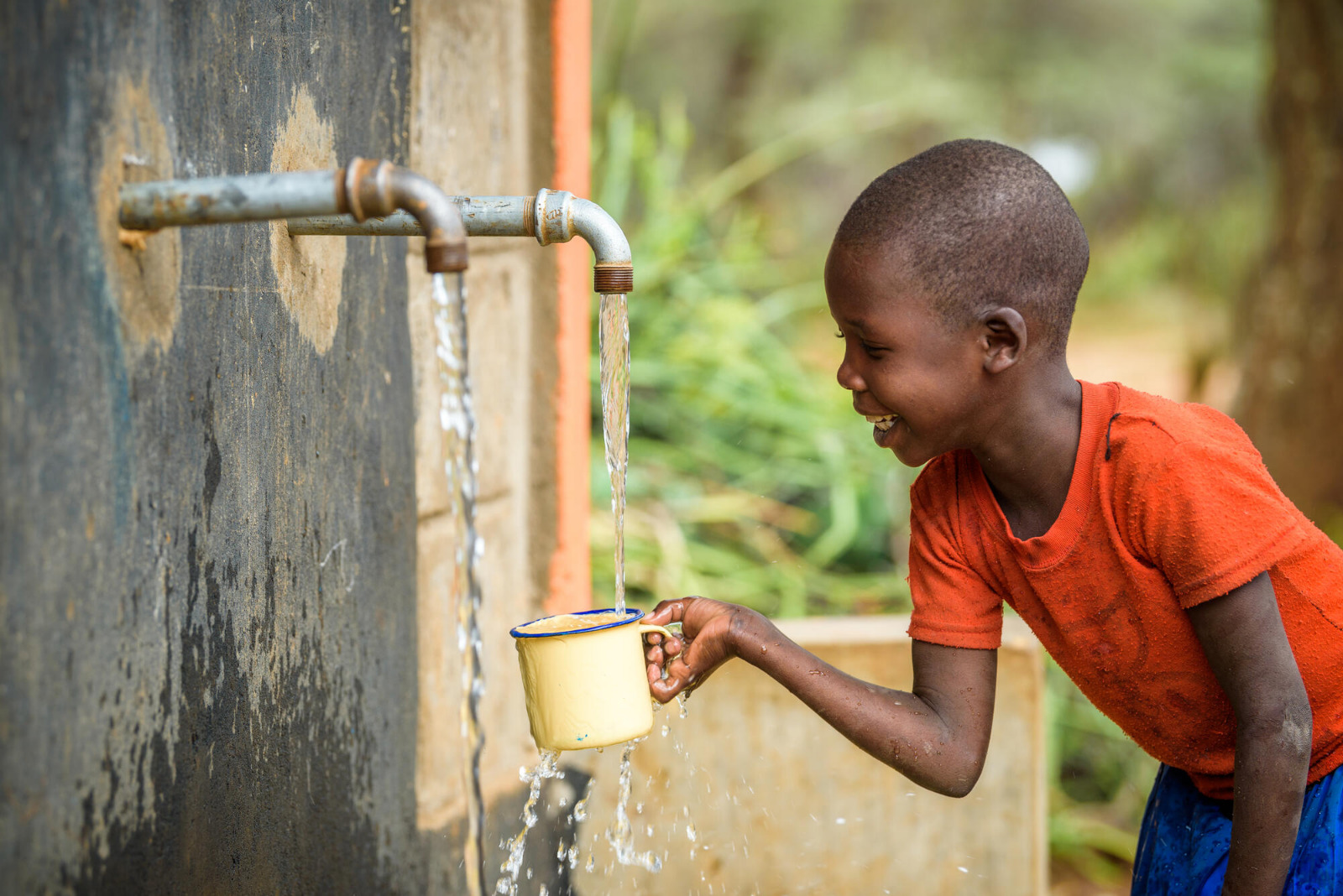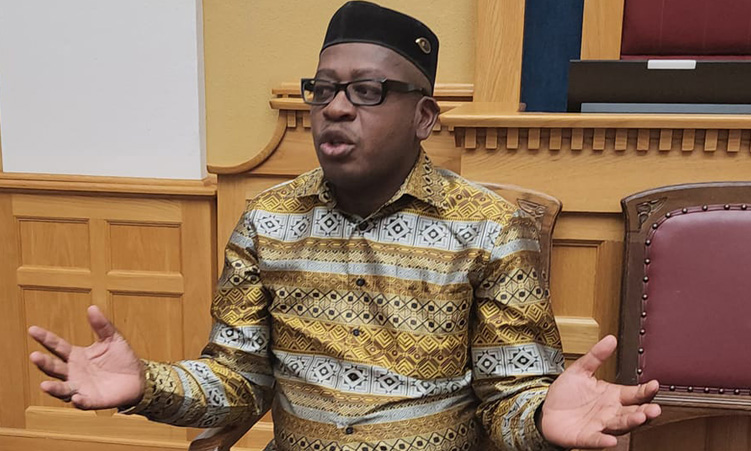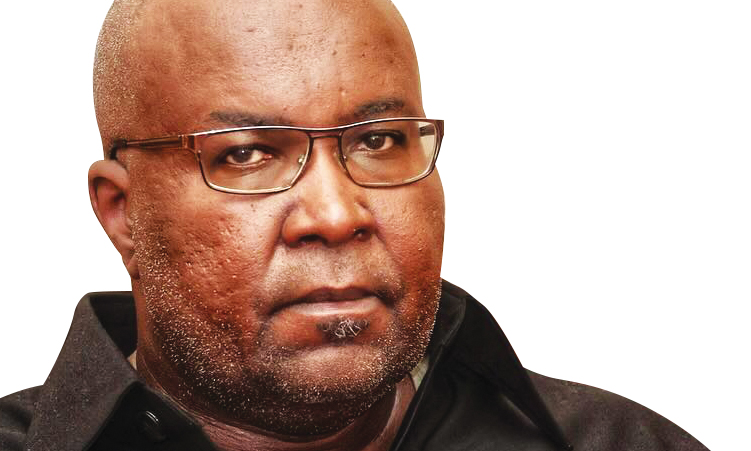Almost half of the country’s population are faced with poverty, says prime minister Saara Kuugongelwa-Amadhila. She was speaking at the launch of the delayed sixth National Development Plan (NDP6) by the National Planning Commission (NPC) in the capital yesterday.
Kuugongelwa-Amadhila said the government had reduced poverty from 38% to about 18%, however, matters have since worsened.
“If you look at the new formula to calculate poverty, close to 50% of the population is living under poverty,” she said. Since 2016, the country experienced a macro-economic deterioration which exposed Namibia’s vulnerability to external shocks, Kuugongelwa-Amadhila said.
“These had a negative impact on our poverty and inequality. In fact, the gains we made in reducing poverty were almost completely wiped out,” she said.
A month ago, The Namibian reported that the United Nations Population Fund (UNFPA) said 43% of the county’s population are experiencing multidimensional poverty.
According to the UNFPA 2022 annual report, the Gini coefficient index shows that income inequality in Namibia stands at 57,2%.
The Gini index is a summary measure of income inequality, which incorporates the detailed shared data into a single statistic, summarising the dispersion of income across the entire income distribution.
The report indicates that the unemployment rate stands at 33,4%, with youths aged 15-34 taking up 46,1%, while women take up 48,5%.
The report further indicates that 46% of households are female-headed, while 41% are male-headed.
At that time, economic analyst Arney Tjaronda told The Namibian these figures are not surprising, as the cost of living has drastically increased while salaries remain low.
He said most concerning is the high unemployment rate in the country, and a job market that is unable to absorb the high number of graduates.
During yesterday’s launch, NPC chief national development adviser Sylvester Mbangu said the high youth unemployment rate is a challenge for Namibia’s economic structure. He cautioned that it will continue to be a challenge for the country going forward.
NDP6 ASPIRATIONS
Therefore, NDP6 should come with new vigour to address these issues and push the country forward.
“There should be no business as usual. We should identify game changers across sectors and ministries and we should adopt innovative approaches, while optimising coordination and cooperation among stakeholders,” Kuugongelwa-Amadhila said. The fourth Industrial Revolution (4IR) will be implemented into NDP6, the prime minister announced.
“We need to transform our economic production units to the lower levels such as villages and households. Local empowerment will thus be a game changer in this regard,” she said of thegovernment’s technological ambitions.
Two years ago, the government’s task force on 4IR indicated that Namibia needs to electrify rural areas to harness technology connectivity.
According to the World Bank collection of development indicators, access to electricity in Namibia was reported at 55,2 % in 2019.
LATE, DELAYED
A year after the NDP5 lapsed, the Cabinet decided to extend it for an additional two years, depending on the Harambee Prosperity Plan II (HPP II). NDP5 lapsed last year and thereafter, NDP6 should have taken effect. The NPC is mandated by law to formulate NDPs and evaluation mechanisms to ensure effective implementation, while the HPP II is an action plan by president Hage Geingob to drive his agenda during his tenure in office.
The NPC argued that the subdued economy and constrained public resources led to the delay. The Cabinet decided to concentrate its efforts on prioritising HPP II programmes and unfinished business of NDP5 during the period 2003/24 to 2024/25, while they formulate NDP6. NPC director general Obeth Kandjoze apologised for the delay in the development of NDP6, which should have started last year. “If at all there is anything to say, there is only an apology from myself to lodge to the public in the delay, but the delay was in the course of duty,” Kandjoze said.
Stay informed with The Namibian – your source for credible journalism. Get in-depth reporting and opinions for
only N$85 a month. Invest in journalism, invest in democracy –
Subscribe Now!










